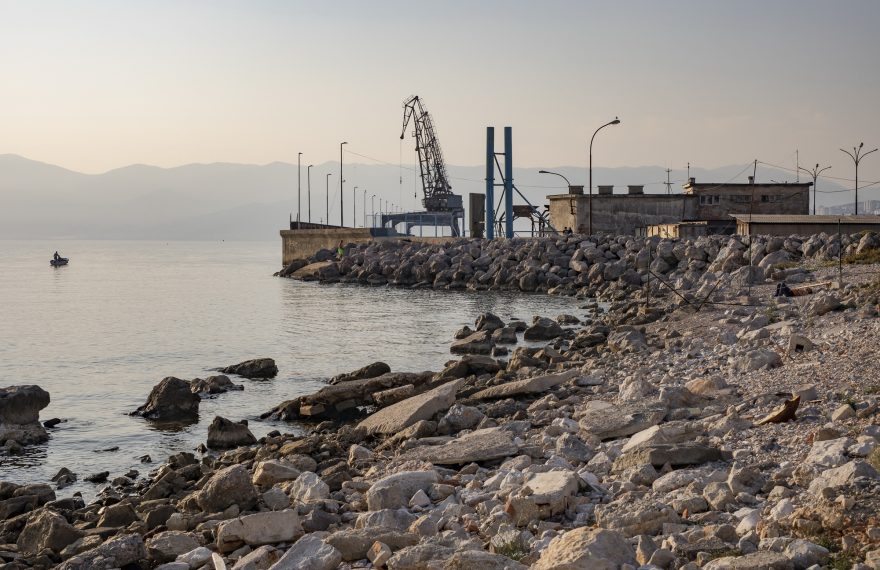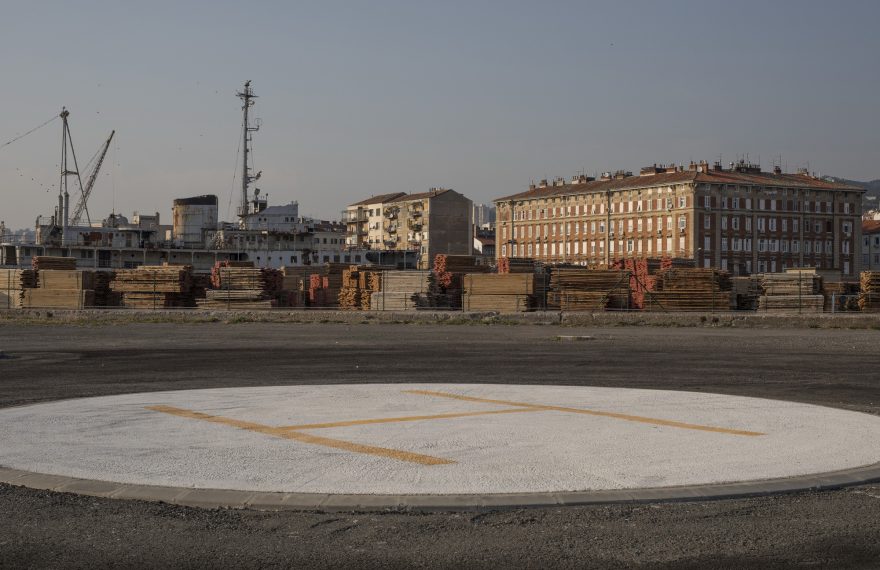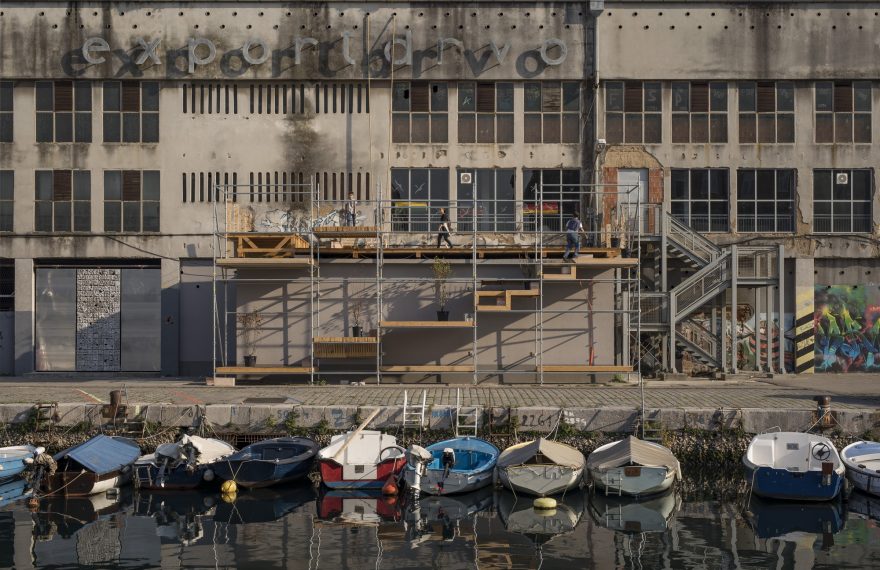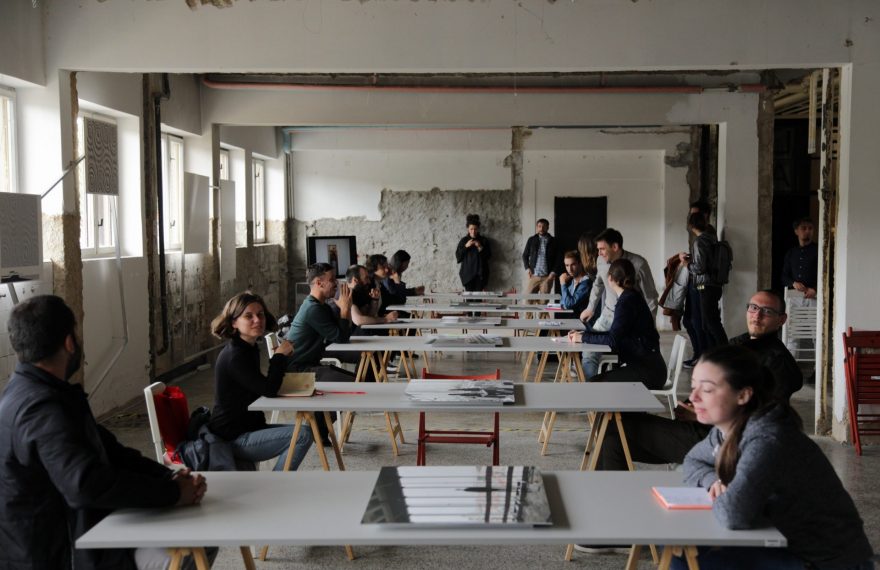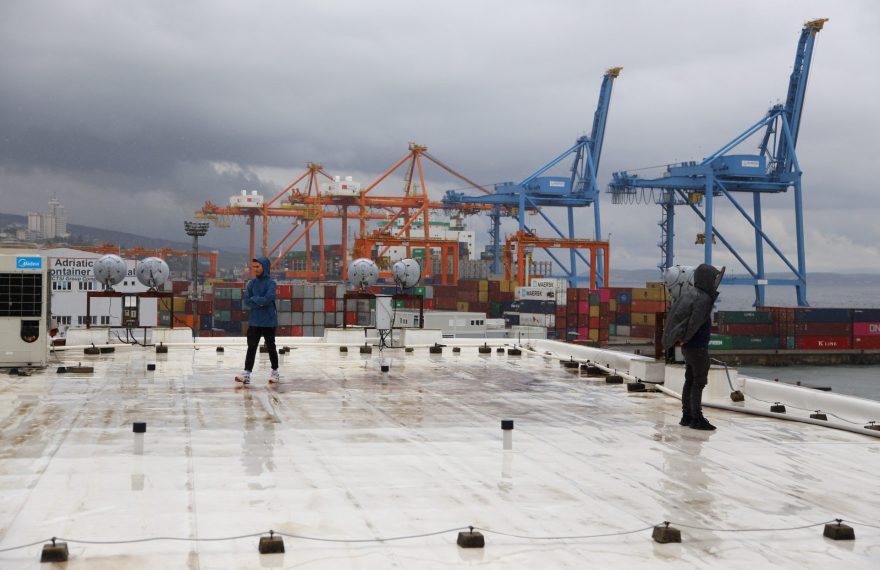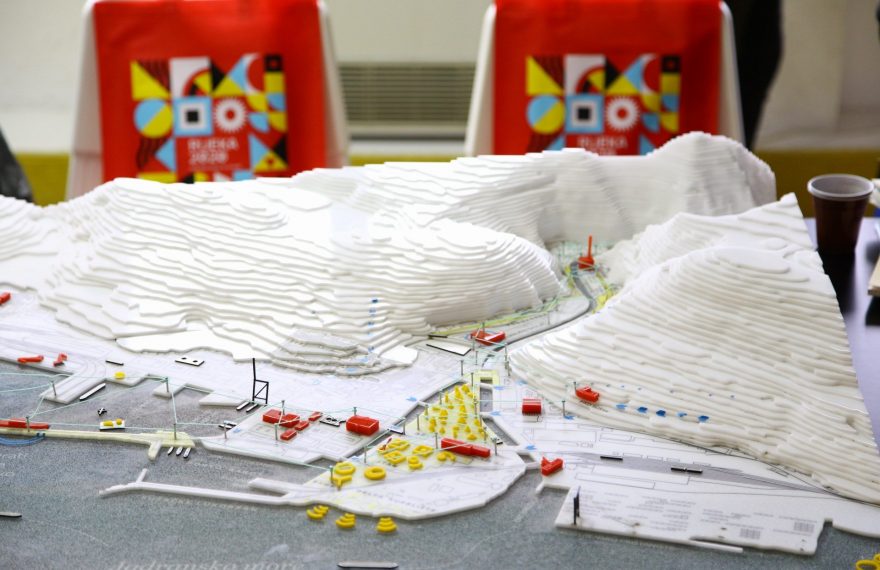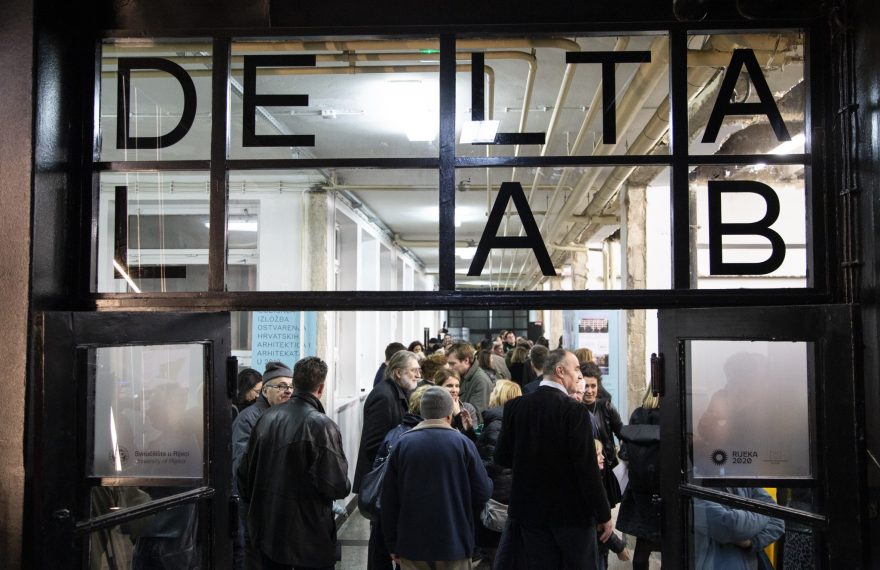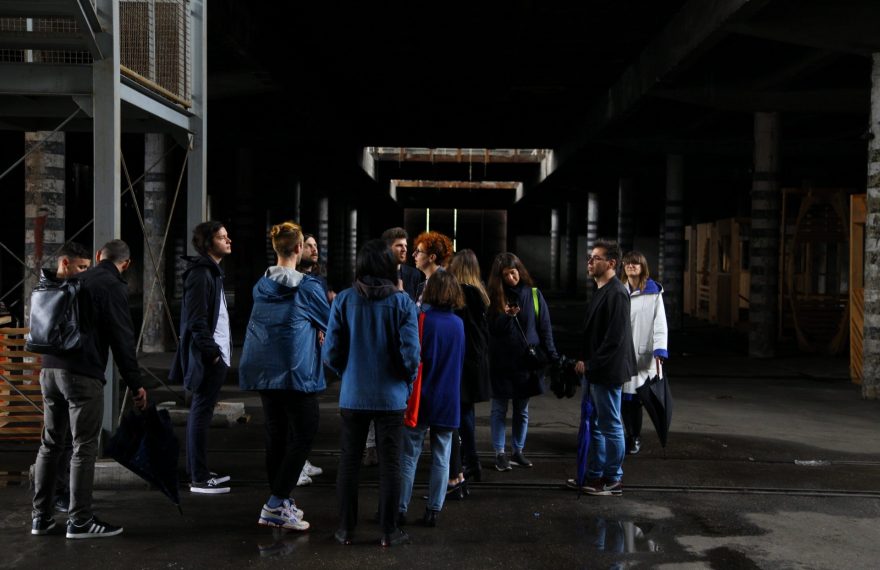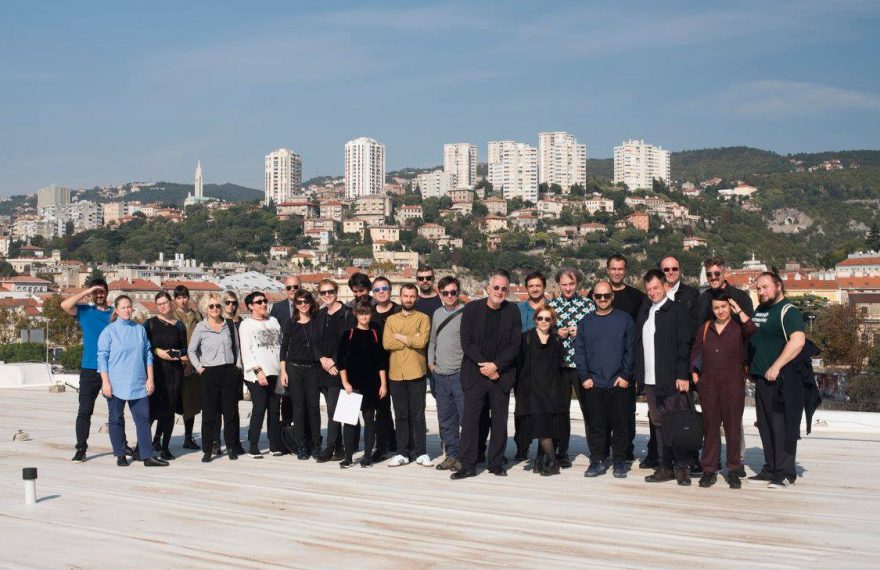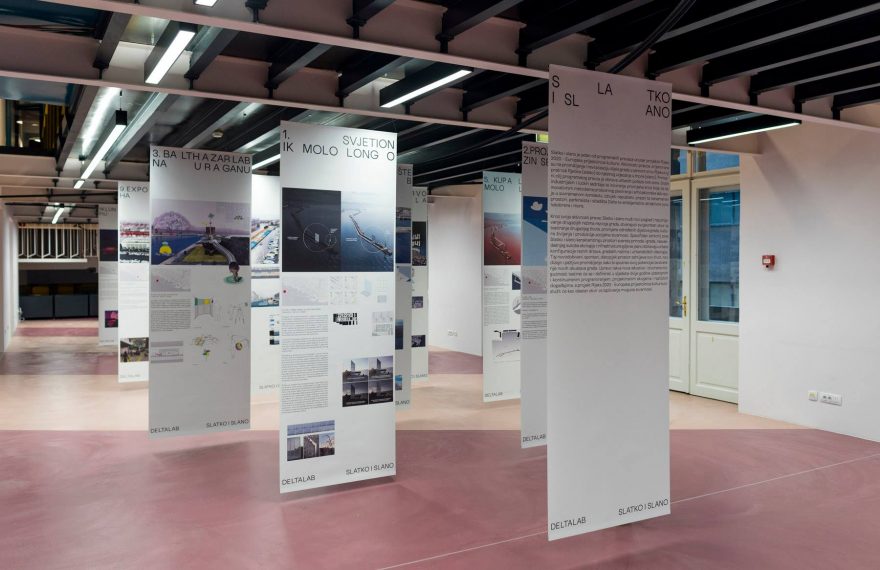The Sweet & Salt flagship activates the city in the zone where the river (sweet) meets the sea (salty). The aim of this programme is the revival of urban areas, former industrial and port facilities and the initiation of changes.
The stretch from the Rječina River canyon to Delta and Molo Longo, a perennially transitional border area, which is currently teeming with dilapidated industrial and port infrastructure, is a meeting point between the city and nature. The area that once divided Rijeka and Sušak, which now separates the city and the port, is the perfect place for Rijeka to start over. The Sweet & Salt flagship displays various forms of possible (co)habitation in this area.
The mirror of the present and a window into the future
The Sweet & Salt programme will give the citizens of Rijeka a glimpse of Rijeka’s possible futures, while the audience and visitors from around the world will be faced with the issue of Rijeka’s position in a world tackling climate change, space exploration, high technology, migrations, new economic models and social relationships. In other words, we will find out together whether we can create a new Adamić, Whitehead, Ciotta, Andrić, Kamov, Zajc, Emilija, Magaš, Parafi, Termiti etc. The Sweet & Salt flagship will simultaneously be a mirror of the present and a window into the future.
Delta’s new life begins at DeltaLab
With the help of Idis Turato, an architect from Rijeka, DeltaLab, a multidisciplinary research and production centre at the University of Rijeka, has brought together 17 architecture and design teams, with the goal of devising 16 spatial interventions that will incorporate the area of Sweet & Salt into the tissue of the city by creating new gathering hubs for citizens. The list of teams includes such notable names as Nikola Bašić (Sea Organ in Zadar), 3LHD (Zamet Centre and the Croatian Homeland War Veterans’ Bridge in Rijeka), the Bevk Perović Architecture Firm (student dormitory in Ljubljana), Dinko Peračić (Museum of Modern and Contemporary Art in Rijeka), Damira Gamulin and Antun Sevšek (Lipa Remembers memorial collection), SKROZ Architecture Firm (“Kokošvaroš” in Rakov Potok and the Old Red Bus Station in Leeds) etc.
Joining the architects and designers are scientists, experts and artists from Rijeka, Croatian and abroad, including Deyan Sudjic (curator and director of the Design Museum in London), Vedran Mimica (Professor of Urbanism at the Illinois Institute of Technology in Chicago), Damir Martinović Mrle (musician), Igor Eškinja (visual artist), Nebojša Zelić (Professor of Philosophy), Velid Đekić (author and explorer) and many others, as well as various organisations, such as ZK/U from Berlin, the Kombinat Creative Collective, Urbani Separe, ReUse and an array of private and public sector representatives. The aforementioned individuals have made noteworthy contributions to the planning of the programme encompassed by Sweet & Salt, which comprises spatial and art interventions, cultural programmes, training programmes and research. All the programmes are operatively and performatively implemented by Delta Lab.
Various artistic and cultural activities and events planned in the area, which are entailed in Sweet & Salt, will awaken the “city that flows” and draw attention to the specific urban area. The locations include Exportdrvo, the Rijeka breakwater / Molo Longo, skyscrapers’ terraces and Školjić. Various interventions in the area will offer new activities to our citizens and visitors, who will get the chance to see the city in a different way. One such example is the Delta Pool intervention carried out by the SKROZ architecture group. The central, large-scale international thematic exhibition Fiume Fantasy explores the history of the city and the region within a global context, the exciting growth and unpredictable development through history and architecture – all viewed through the lens of the irresistible concept of power.

